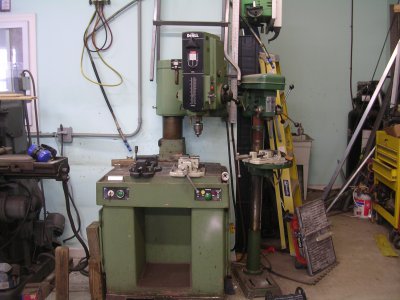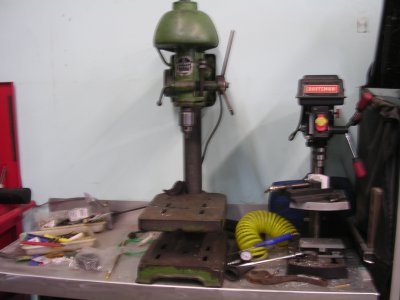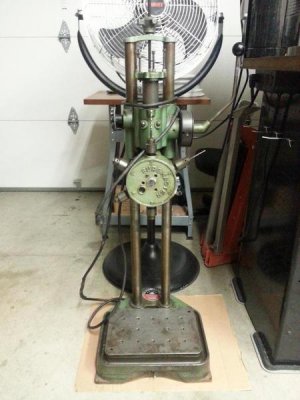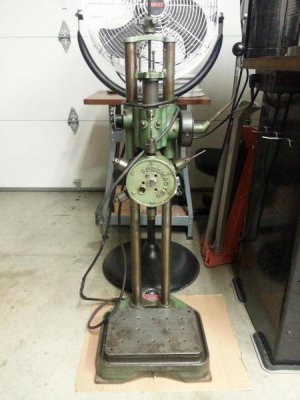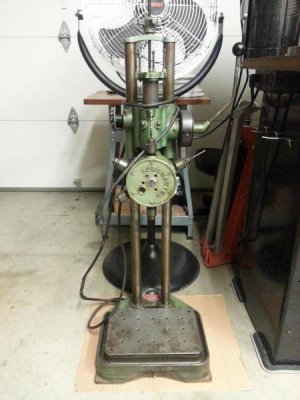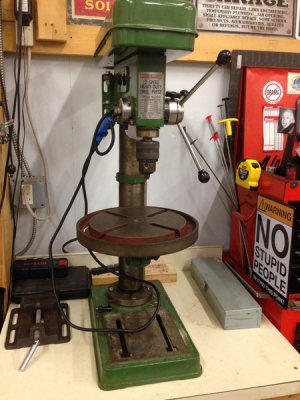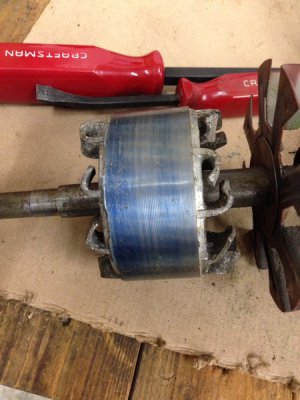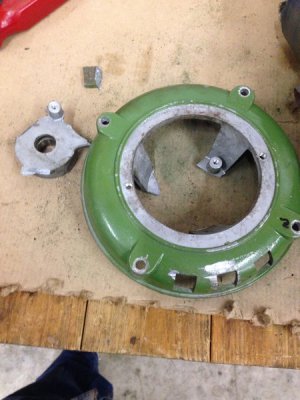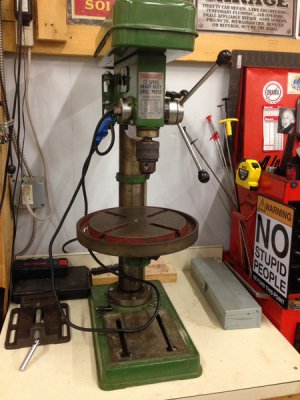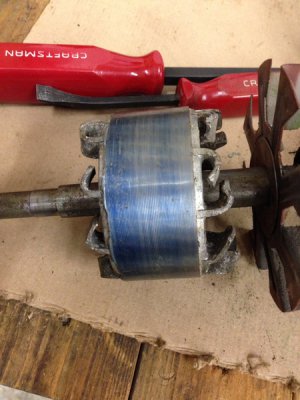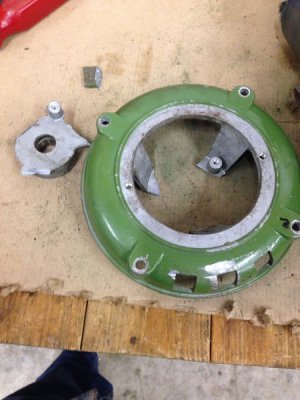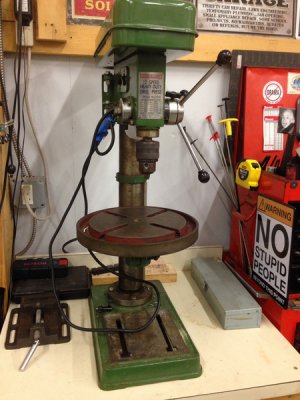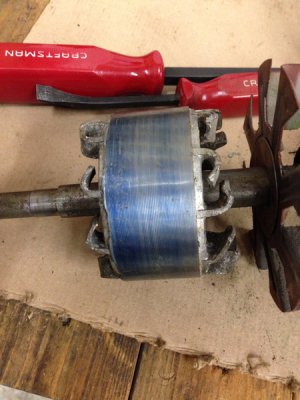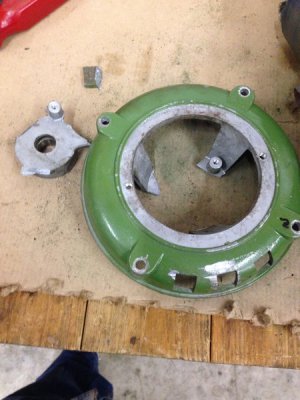- Joined
- Dec 23, 2012
- Messages
- 834
I have work in shops that did not have a drill press I use the Bridgeport for drill press
Even in the shop I have today does not have a drill press. I just do not have the space for a drill press
The times you need a drill press if more than one person is working in the shop and you do not want to buy a mill for a few holes. [
Some time for a tall parts.
Other times when had other working for me then did not know any thing about a mill so drill press was safer to use and low cost.
Saving floor space over have a lot of mills
Dave
Even in the shop I have today does not have a drill press. I just do not have the space for a drill press
The times you need a drill press if more than one person is working in the shop and you do not want to buy a mill for a few holes. [
Some time for a tall parts.
Other times when had other working for me then did not know any thing about a mill so drill press was safer to use and low cost.
Saving floor space over have a lot of mills
Dave
A friend who is a machinist insisted that I buy a floor standing model drill press for my garage shop. I have a Bridgeport, what is the compelling reason why I need to buy a drill press?
Thank you.

